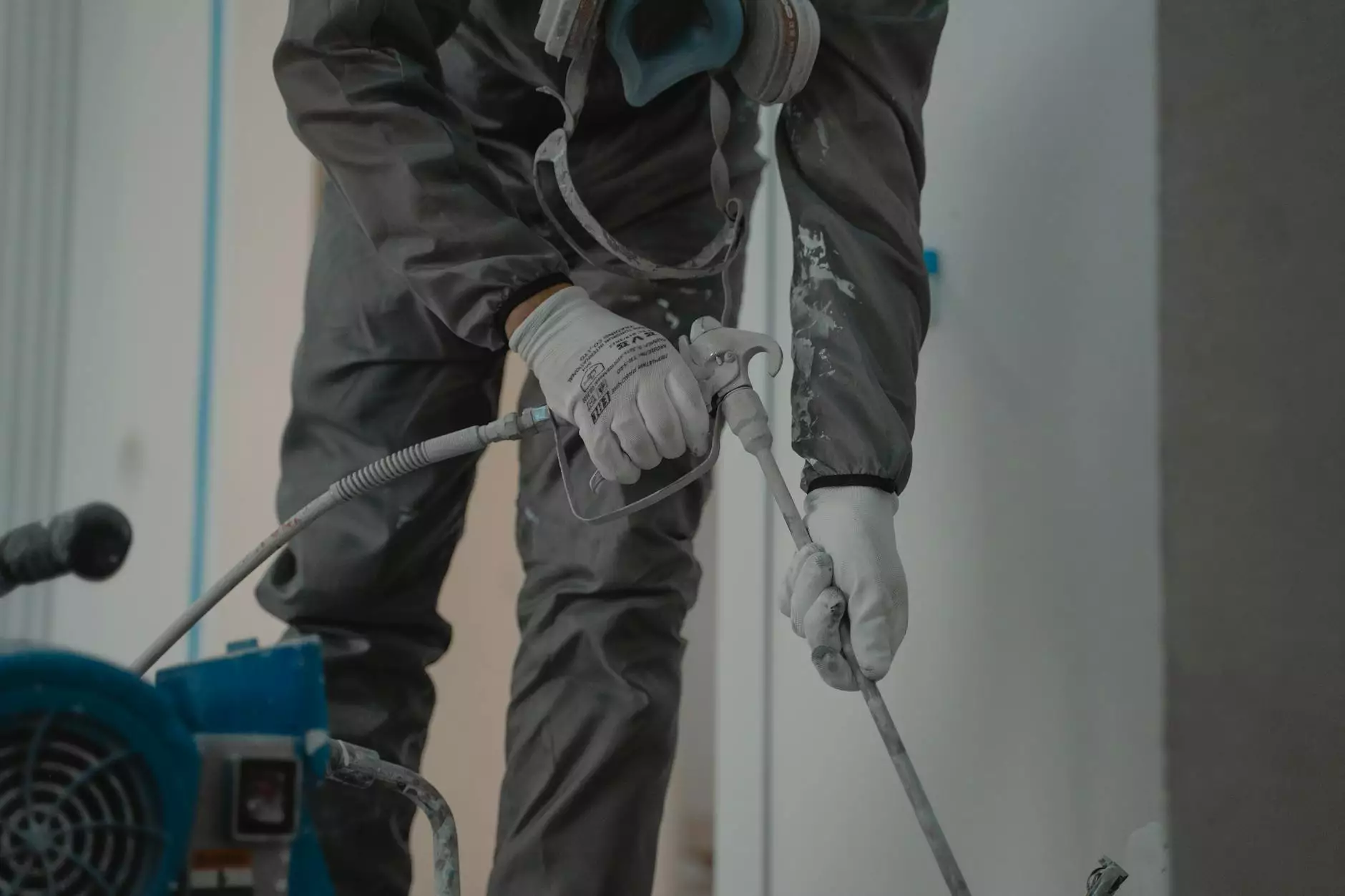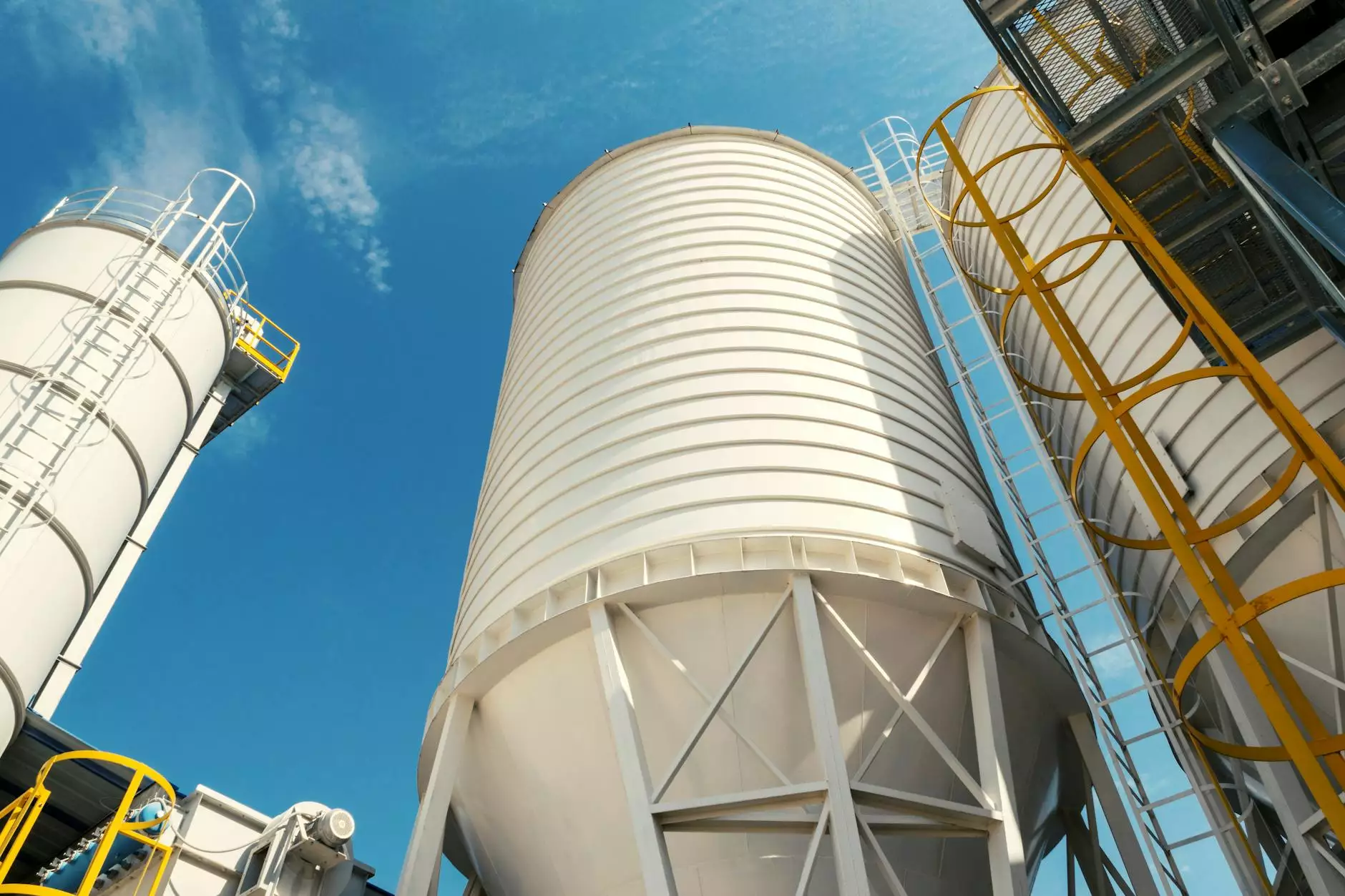Understanding Street Sweeper Equipment: Essential Tools for Clean Cities

In our modern world, the importance of maintaining clean public spaces cannot be overstated. Cities are bustling hubs of activity, and with this activity comes the inevitable accumulation of debris, dirt, and waste. This is where street sweeper equipment plays a crucial role. By effectively removing waste from our streets, these machines help maintain public health, enhance aesthetic appeal, and contribute to environmental sustainability. In this article, we will explore everything you need to know about street sweeper equipment, from its types and technologies to its benefits and buying considerations.
The Importance of Street Sweeping
Street sweeping is an essential service that goes beyond mere aesthetics. Here are several key reasons why street sweeping is vital for urban environments:
- Public Health: Regular street cleaning reduces the risk of diseases by minimizing the presence of litter, debris, and pollutants that can harbor bacteria and pests.
- Environmental Protection: By preventing debris from entering stormwater systems, street sweepers help protect local waterways from contamination.
- Urban Aesthetics: Clean streets enhance the overall appearance of a city, making it more attractive to residents and visitors alike.
- Preventive Maintenance: Routine cleaning can extend the life of street infrastructure by removing corrosive materials and preventing surface damage.
Types of Street Sweeper Equipment
There are several types of street sweeper equipment, each designed to address various cleaning needs. Here’s an overview of the most common types:
1. Mechanical Broom Sweepers
These are some of the most traditional types of street sweeper equipment. Mechanical broom sweepers use rotating brushes to dislodge debris, which is then collected into a hopper. They are highly effective for cleaning hard surfaces and are often used in urban areas.
2. Vacuum Sweepers
Vacuum sweepers utilize powerful suction to remove debris from the street. They are particularly efficient at picking up small particles like dust, leaves, and other fine debris, making them ideal for residential streets and parking lots.
3. Regenerative Air Sweepers
These advanced sweepers use a combination of high-velocity air and vacuum technology to effectively loosen and collect debris. Regenerative air sweepers are known for their efficiency and are often used on highways and major roadways.
4. Combination Sweepers
Combining the features of both mechanical broom and vacuum sweepers, combination sweepers are versatile machines capable of handling a variety of cleaning tasks. They are widely employed in both urban and rural settings.
Key Features of Street Sweeper Equipment
When considering which type of street sweeper equipment to invest in, it’s essential to look for several key features that enhance performance and usability:
- Hopper Capacity: The size of the debris collection hopper greatly affects how often the machine needs to be emptied. Larger hoppers mean fewer interruptions during cleaning operations.
- Brush Type and Configuration: Depending on the machine, different brush types (circular, striping, etc.) and configurations can vastly improve cleaning efficiency.
- Control Systems: Modern street sweepers often come equipped with advanced control systems that allow for better maneuverability and efficiency through automatic settings.
- Fuel Efficiency: As diesel and gas prices continue to fluctuate, investing in energy-efficient street sweeper equipment can save costs in the long run.
- Noise Levels: Quieter street sweepers contribute to a better working environment, especially in urban areas with residential proximity.
Selecting the Right Street Sweeper Equipment
Selecting the appropriate street sweeper equipment is crucial for effective street cleaning and maintaining the overall appearance of any urban area. Here are some considerations to keep in mind:
1. Assess Your Cleaning Needs
Different environments require different approaches. Consider the volume of debris and the type of materials commonly found on your streets. For instance, a city with heavy leaf fall may benefit significantly from a more powerful vacuum sweeper.
2. Environment and Regulations
Be aware of local regulations regarding street cleaning, including any mandates for noise levels or air quality. Selecting environmentally friendly machines can also help in adhering to regulations while promoting sustainability.
3. Budget Constraints
Clearly defined budget constraints will guide your selection process. Evaluate both initial investment costs and long-term operational costs. Always consider the total cost of ownership, which includes maintenance, fuel consumption, and potential downtime.
4. Brand Reputation and Reliability
Research different manufacturers and read customer reviews to gauge reliability and quality. Reliable brands often have proven track records in providing durable and effective street sweeper equipment.
Maintaining Street Sweeper Equipment
Proper maintenance is crucial to extending the life of your street sweeper equipment. Here are some essential maintenance tips:
1. Regular Inspections
Conduct regular inspections to identify wear and tear. Pay close attention to brush conditions, hopper integrity, and fluid levels. Early detection of issues can prevent costly repairs.
2. Cleaning and Servicing
Clean the sweeper regularly, removing debris build-up from brushes and hoppers. Regular servicing per the manufacturer's recommendations ensures all components are operating efficiently.
3. Operator Training
Ensure that operators are well-trained in using and caring for the equipment. Misuse can lead to accelerated wear and possibly void warranties, costing you more in the long run.
4. Monitor Performance
Keep track of your street sweeper's performance metrics, including efficiency and output. Anomalies can indicate maintenance needs or operational issues.
The Future of Street Sweeper Equipment
As urban environments continue to evolve, so does street sweeper technology. Some promising trends on the horizon for street sweeper equipment include:
- Smart Technologies: The integration of IoT and AI into street sweepers is paving the way for smarter, more efficient cleaning operations.
- Electric and Hybrid Models: Sustainability is the future. More manufacturers are focusing on electric and hybrid street sweeper models to reduce environmental impact.
- Data Analytics: The use of analytics to optimize cleaning schedules and routes is becoming more prevalent, ensuring that resources are used effectively.
Conclusion
Street sweeper equipment is a fundamental component of urban maintenance. By understanding the different types available, their essential features, and the importance of regular maintenance, cities can ensure they invest wisely in these crucial machines. Whether for public health, environmental sustainability, or aesthetic beautification, efficient street sweeping plays an indispensable role in city management.
For more information and to explore a variety of high-quality street sweeper equipment, visit ceksansweepers.com and discover how to keep your streets spotless!









